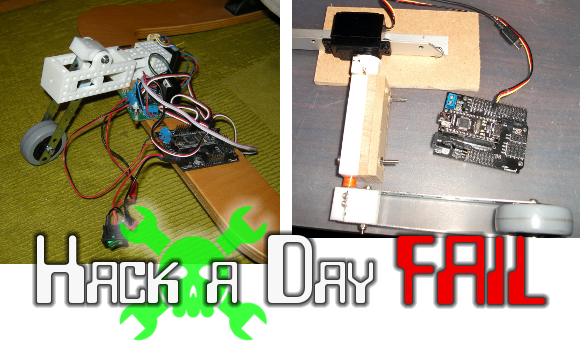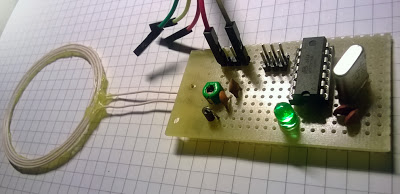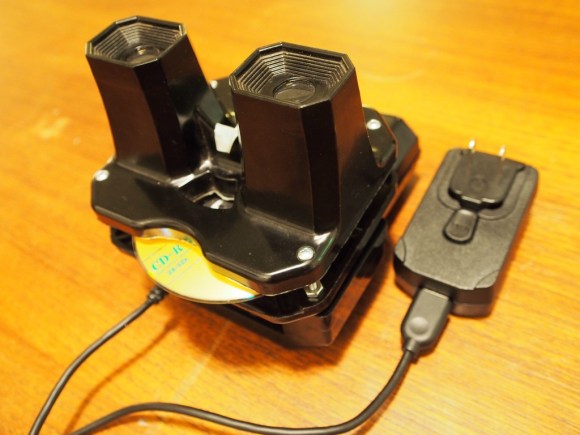
Kickstarter campaigns helped bring new and innovative products to the market during these last years. However there often are failures that can happen at several stages. We’d like to hear your opinion about them and discover what you think could be done to foresee/prevent these kinds of bad experiences that damage the trust between individuals and funding platforms.
Post-funding failures
There are a few project teams that give up a few months after receiving the funds, like the people behind the iControlPad 2 recently (disclaimer: we’re not backers). Even if [Craig] stated that he would document the entire production process on film and be open about all the project life steps, that didn’t prevent the project from being dropped (oddly enough) exactly one year after they received the funds. The more the project was headed towards failure, less was the frequency of updates regarding the project’s current state. The official reasons for this decision were difficulties that arose with the chosen LEDs, we’ll let you make your own opinion by having a look at the updates section. Thanks [Nikropht] for the tipping us about it.
Pre-funding failures
What is happening even more often on kickstarter is (usually successful) campaigns being canceled by the website itself after a few people rang the alarm bell. This may be due to an unfeasible project idea, a fake demonstration video/photos or even an attempt to resell an existing item under a new name.
The best examples for the first category undeniably are free energy generators. Here is an indiegogo campaign which actually succeeded. The creators announced one month ago that the project is running a bit behind schedule (aha), that the machine will cost around $5000 and that they’ll “need the funds before they make the units”. What can be done to educate the public that such energy is not created out of thin air?
The second category includes the recently canceled LUCI advanced lucid dream inducer (thanks [Michael] for the tip), which ended 2 days before the deadline. Technical guys got skeptical when they saw that the electrode signals were amplified several feet from the brain with an audio amplifier. At first glance, this was the only sign that this project may have been a scam (let’s give them the benefit of the doubt). Further research indicated that GXP (the company behind the campaign) didn’t exist, and most of their pictures were photoshopped. Here is a link to a quick summary of the situation and if you want to be entertained we advise you to make some pop-corn and head to the comments section of the project. What’s terrible here is that backers started to turn against each other, as the company always had a ‘good’ explanation for all the backers’ questions.
At last, there are some persons that just make funding campaigns with already existing products. This is the case of the eye3 flying robot and the vybe vibrating bracelet (don’t order!). Note that all of them were successfully funded. The eye3 was created by the same persons that made LumenLab, a company that created the microcnc. You’ll find more details here. The vibrating bracelet was just this one, which would be made in different colors. We just discovered this website that covered both project in greater lengths as well as many others.
Kickstarter fraudsters
Scams can also happen on the backers’ side. Recently, a Kickstarter backer named “Encik Farhan” attempted to rip off many Kickstarter projects. A ‘credit card chargeback’ technique was used, were the backer would contribute to the campaign, receive his perk and later cancel his credit card transaction using diverse reasons. The money would later be taken from the campaign funding by the payment processor.
What can be done?
The examples cited in this article set precedents which may turn people away from crowdfunding. In your opinion, what could be done to prevent this? Another reason we ask is because Hackaday may launch a sponsored product soon, thanks to the new overlords. This hypothetical product would be designed with the Hackaday community in a completely transparent process.
In the meantime, if you find any perpetual motion machines on kicstarter or indiegogo, be sure to send them in. You may also want to checkout this website predicting the success probability of a given kickstarter campaign.

















